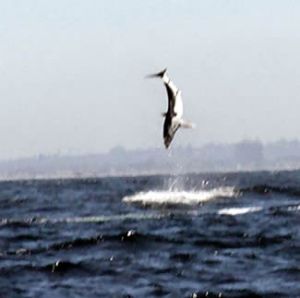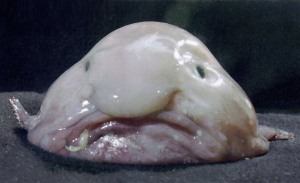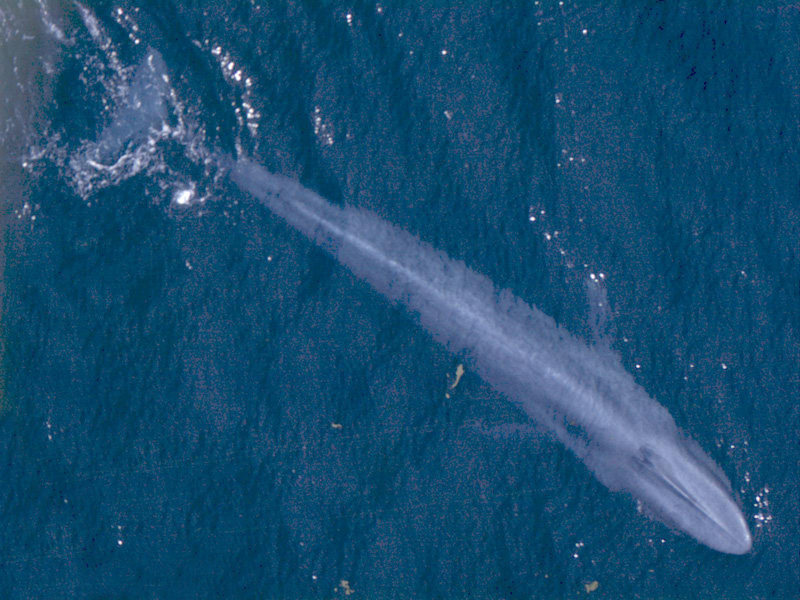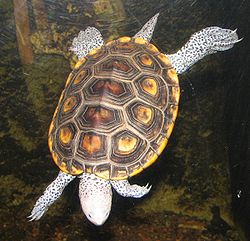In honor of Shark Week on the Discovery Channel I decided to post a different shark fact each week.
Today…What is the fastest shark species?
The mako shark is the fastest shark. It can get up to 20 miles per hour (or faster when being chased by an enemy). The mako shark can naturally move as fast as I do while driving a go-kart. Unbelievable!
You’d have to be pretty skilled to catch a mako shark, especially on a rod. Here is an article from Underwater Times telling how Brendan Mason caught a 600 pound mako shark with just a rod and reel!
The mako shark can even jump up to 20 feet in the air.
Do you have another great question? Check out www.beachchairscientist.com and enter let us know or e-mail beachchairscientist@gmail.com!
Image (c) UnderWater Times.
 The Atlantic wolffish (Anarhichas lupus) may look rather frightening, but, the fish will only harm you if it is out of water. This is rather understandable since it is out of its natural habitat. It prefers to live on rocky bottoms of the ocean floor in very deep, cold waters.
The Atlantic wolffish (Anarhichas lupus) may look rather frightening, but, the fish will only harm you if it is out of water. This is rather understandable since it is out of its natural habitat. It prefers to live on rocky bottoms of the ocean floor in very deep, cold waters.










What people are saying …